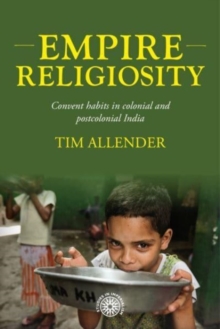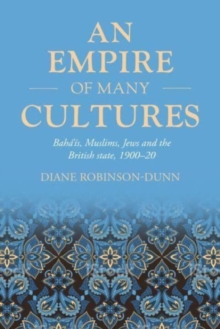
Images of the Army : The Military in British Art, 1815-1914 PDF
Edited by J. W. M. Hichberger
Part of the Studies in Imperialism series
Description
In an age when engraving and photography were making artistic images available to a much wider public, artists were able to influence public attitudes more powerfully than ever before.
This book examines works of art on military themes in relation to ruling-class ideologies about the army, war and the empire.
The first part of the book is devoted to a chronological survey of battle painting, integrated with a study of contemporary military and political history.
The chapters link the debate over the status and importance of battle painting to contemporary debates over the role of the army and its function at home and abroad.
The second part discusses the intersection of ideologies about the army and military art, but is concerned with an examination of genre representations of soldiers.
Another important theme which runs through the book is the relation of English to French military art.
During the first eighty years of the period under review France was the cynosure of military artists, the school against which British critics measured their own, and the place from which innovations were imported and modified.
In every generation after Waterloo battle painters visited France and often trained there.
The book shows that military art, or the 'absence' of it, was one of the ways in which nationalist commentators articulated Britain's moral superiority.
The final theme which underlies much of the book is the shifts which took place in the perception of heroes and hero-worship. -- .
Information
-
Download - Immediately Available
- Format:PDF
- Pages:192 pages
- Publisher:Manchester University Press
- Publication Date:01/03/2017
- Category:
- ISBN:9781526123596
Information
-
Download - Immediately Available
- Format:PDF
- Pages:192 pages
- Publisher:Manchester University Press
- Publication Date:01/03/2017
- Category:
- ISBN:9781526123596










